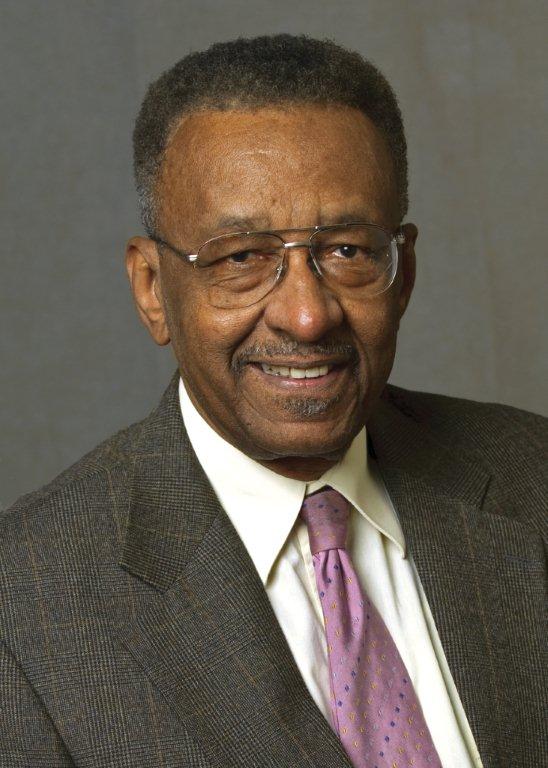Early March, Mrs. Williams and I abandoned the snow and the cold to vacation in Panama City, Fla. We savored the hospitality of our many friends, not to mention several fresh fish dinners served at Captain Anderson’s restaurant and at the homes of our friends.
Commanding Officer Capt. Fred Stutt invited my friends Greg Brudnicki, Les Brackett and me to a VIP tour of the Coastal Systems Station. Coastal Systems Station (CSS) is one of the U.S. Navy’s major research, development, test and evaluation laboratories. Among its facilities is the Ocean Simulation Facility – a massive hyperbaric chamber capable of simulating dives up to 2,250 feet. It’s used to develop underwater salvage, mine warfare and countermeasure operations. The station’s Acoustic Test Facility, along with the Underwater Weapons System Laboratory, test and develop underwater information acquisition devices, underwater magnetic, acoustic and electro-optic sensors. CSS developed and tested the sensors for the Coastal Battlefield Reconnaissance and Analysis (COBRA). The COBRA is a tiny unmanned aircraft that uses multi-spectral technology to detect land mines. It flies undetected over enemy territory and radios pictures back, letting commanders know whether mine fields and other barriers are present before an amphibious landing. Another part of the Coastal Systems Station is its Modeling and Simulation facility, where they work on satellite mapping to provide detailed land, water and underwater features anywhere in the world. They can also simulate surface warfare and make general assessment and tradeoff analysis. The most exciting part of our tour was the chance to accompany the five-man crew of a Landing Craft Air Cushion (LCAC) on its regular maintenance run. The LCAC is a $23 million piece of amphibious warfare equipment driven by six massive fans and is capable of carrying a 70 ton M1A1 Abrams main battle tank, a couple of smaller vehicles and 24 troops and their equipment. Hovering 3 to 4 feet above the water or ground, the LCAC is capable of speeds greater than 50 knots (57.5 mph), but it’s not easy on fuel. It has a 10,000 gallon fuel-tank capacity and burns about 1,000 gallons an hour. The advantages of the LCAC, compared to other landing crafts, are numerous: It can carry heavy payloads at high speeds. Heavy payload and high speed translate into more forces reaching the shore in a shorter time and with shorter intervals between trips. Coming out of the well deck of a Navy vessel, such as the USS Denver, the LCAC is able to discharge its cargo on dry, trafficable beaches, thus reducing build-ups of troops, equipment and other material in the more vulnerable surf zone. The Costal Systems Station has played an important role in the development of sensor and processing systems of unmanned underwater vehicles (UUV). The purpose of UUVs, either the autonomous or remotely operated variety, is to conduct undetected, high confidence underwater, rapid underwater reconnaissance of the littoral (coastal) environment in order to locate mines and other obstacles to safe operating areas for operational forces. They’re also used in underwater damage assessment – for example, to determine whether an enemy submarine is actually sunk or playing possum. There were some highly classified equipment, operations and questions one of our hosts, Dr. Ace Summey, couldn’t show or discuss with us, but that which we saw convinced me that Saddam Hussein can only expect a zero to no chance of a successful battle engagement with our military. I was also convinced that CSS had given additional meaning to General George S. Patton’s admonition, “The object of war is not to die for your country but to make the other bastard die for his.”
